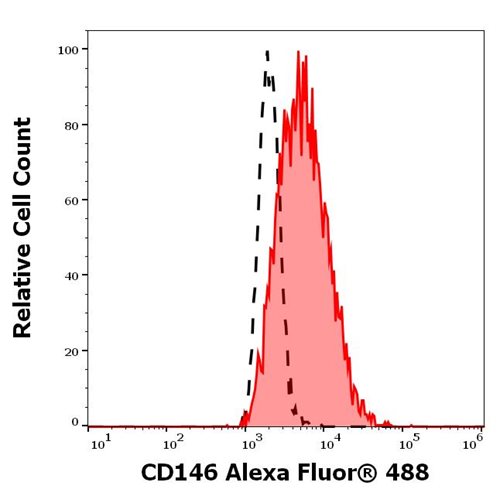Human CASP7 / caspase 7 / MCH3 Recombinant Protein (His Tag)(Discontinued)
Shipping Info:
For estimated delivery dates, please contact us at [email protected]
| Amount : | 20 µg |
| Purification : | > 90 % as determined by SDS-PAGE |
| Content : | Formulation Lyophilized from sterile 20mM HEPES, 100mM NaCl, 1mM EDTA, 0.10% Sucrose, 0.1% chaps, pH 7.5 Normally 5 % - 8 % trehalose, mannitol and 0.01% Tween80 are added as protectants before lyophilization. |
| Storage condition : | Store it under sterile conditions at -20°C to -80°C. It is recommended that the protein be aliquoted for optimal storage. Avoid repeated freeze-thaw cycles. |
| AA sequence : | Met1-Gln303 |
| Alternative Name : | CASP-7 Protein, CMH-1 Protein, ICE-LAP3 Protein, LICE2 Protein, MCH3 Protein, |
Source : E. coli
Caspase 7, also known as caspase-7 and MCH3, belongs to the cysteine-aspartic acid protease (caspase) family. Caspases play a role in the signal transduction pathways of apoptosis, necrosis and inflammation. There are two major classes of caspases: initiators and effectors. The initiator isoforms (caspases-1,-4,-5,-8,-9,-1,-11,-12) are activated by, and interact with, upstream adaptor molecules through protein-protein interaction domains known as CARD and DED. Effector caspases (-3,-6,-7) are responsible for cleaving downstream substrates and are sometimes referred to as the executioner caspases. Caspase 7 exists in lung, skeletal muscle, liver, kidney, spleen and heart, and moderately in testis. Caspase 7 cannot be detected in the brain. Caspase 7 functions in the activation cascade of caspases responsible for apoptosis execution. It cleaves and activates sterol regulatory element binding proteins (SREBPs). It proteolytically cleaves poly(ADP-ribose) polymerase (PARP) at a '216-Asp- -Gly-217' bond. Overexpression promotes programmed cell death.
|
There are currently no product reviews
|















.png)










